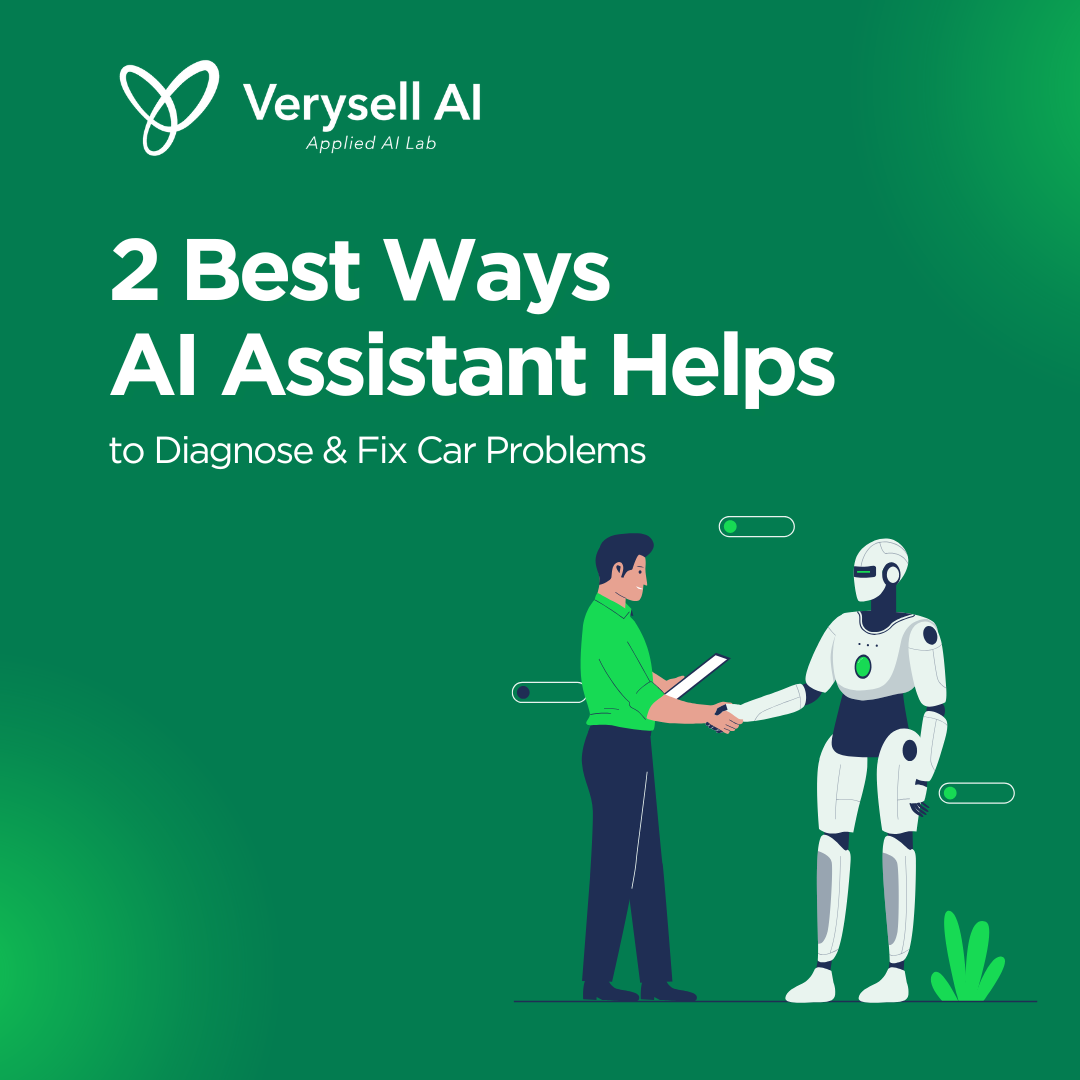AI assistants are revolutionizing car maintenance by predictive maintenance and advanced diagnostics. By leveraging real-time data and machine learning, it can quickly identify potential problems before they escalate, allowing for timely interventions. Additionally, they provide drivers with tailored maintenance schedules and reminders, ensuring that vehicles remain in optimal condition and reducing the risk of unexpected breakdowns. In this blog post, we will explore two key ways these intelligent systems enhance vehicle performance and simplify repairs for drivers.
>> Read more: AI Use Cases in the Automotive Industry
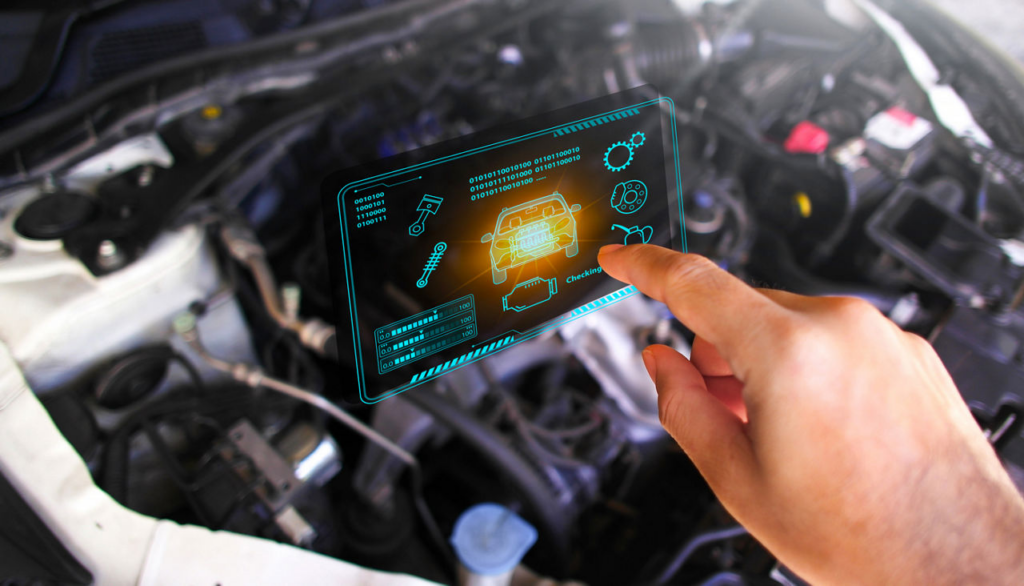
1. Predictive Maintenance through AI Assistant
Predictive maintenance is a transformative application of AI that significantly enhances vehicle reliability. By analyzing data from various vehicle sensors, AI can anticipate when a component is likely to fail, allowing drivers or mechanics to address issues before they escalate. This proactive approach not only improves safety but also enhances the overall driving experience by reducing unexpected breakdowns (SmartDev, 2024).
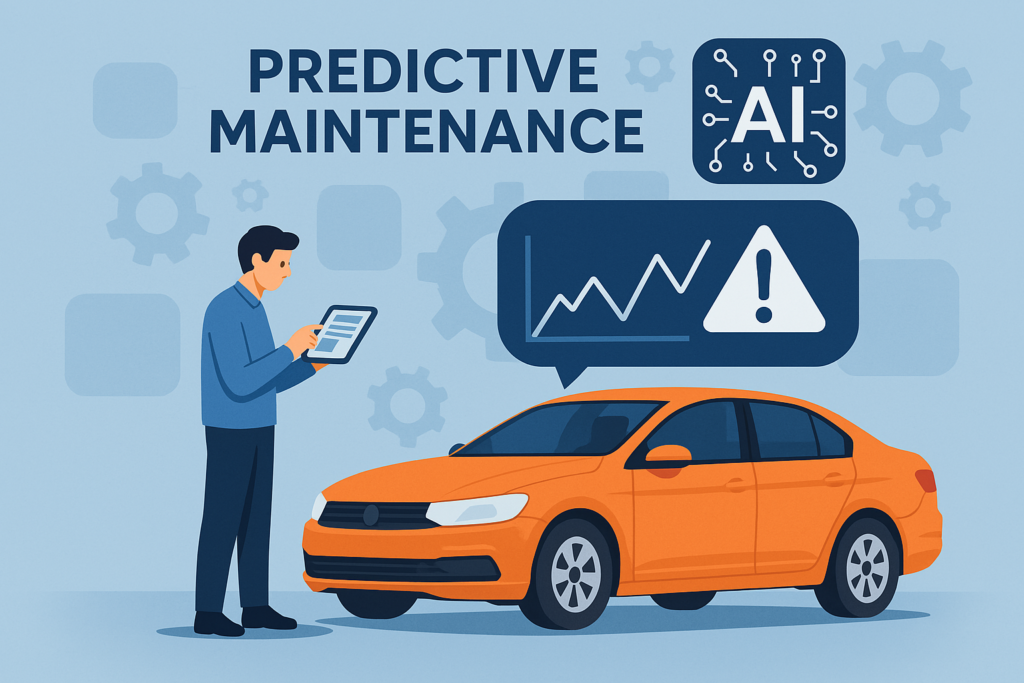
One of the primary benefits of predictive maintenance is cost savings. By detecting potential failures early, drivers can avoid the hefty repair costs associated with major breakdowns. This early intervention can lead to substantial financial savings over time, making it a smart investment for both individual vehicle owners and businesses operating fleets. Moreover, predictive maintenance minimizes downtime, ensuring that vehicles spend less time in the shop and more time on the road. For businesses that rely on fleets, this increased efficiency can significantly impact productivity and profitability. Additionally, regular, proactive maintenance helps extend the overall lifespan of the vehicle, ensuring it remains dependable and safe for years to come (Meddaoui, Hain and Hachmoud, 2023).
While predictive maintenance offers significant advantages, there are several challenges to consider. One major concern is data dependency; the effectiveness of these systems relies on the quality and accuracy of data collected by vehicle sensors, and incomplete or incorrect data can lead to false predictions. Additionally, implementing AI-driven predictive maintenance systems involves an initial investment in sensors, software, and skilled personnel, which may be a barrier for some businesses. Furthermore, integrating these advanced systems into existing vehicle management frameworks can be complex, particularly for older models that lack the necessary sensor infrastructure. Addressing these challenges is essential to fully realize the benefits of predictive maintenance in automotive applications.
2. Advanced Diagnostics through AI Assistant
One of the most significant impacts of AI in car repair is its role in diagnostics. Traditional diagnostic methods often depend on the experience and intuition of technicians, which can lead to inconsistencies and overlooked issues. In contrast, AI-powered diagnostic tools have the ability to quickly and accurately analyze vast amounts of data, identifying problems that might escape human notice. This technological advancement not only enhances the accuracy of diagnoses but also streamlines the repair process.
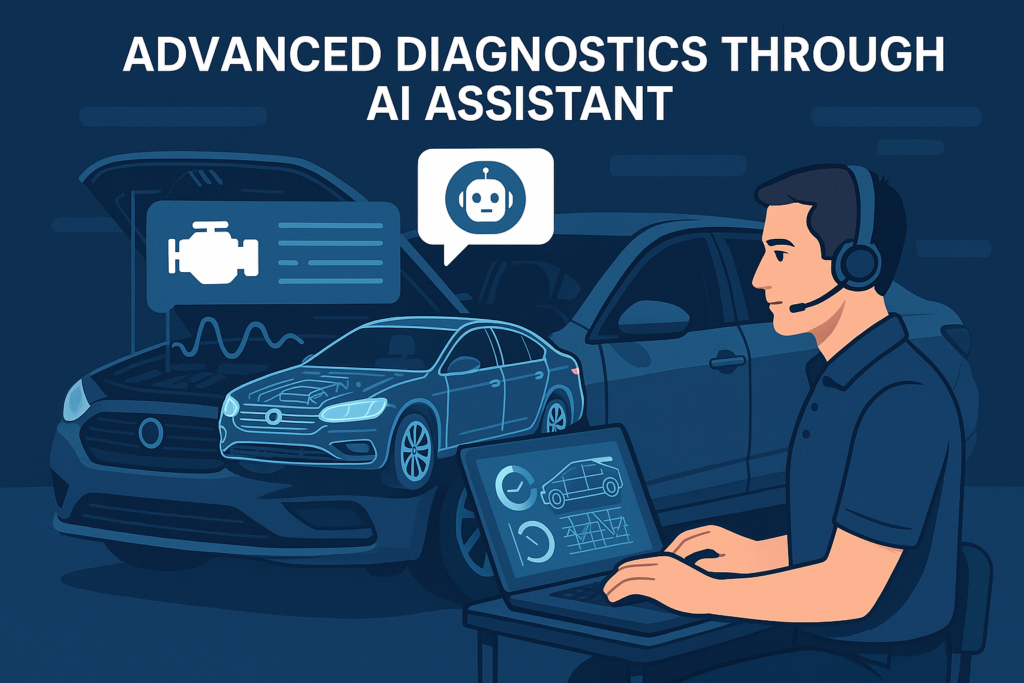
The process begins with data collection, as modern cars are equipped with numerous sensors that monitor various aspects of their performance, from engine health to tire pressure. These sensors continuously gather data, providing a comprehensive view of the vehicle’s condition. AI algorithms then analyze this data in real-time, identifying patterns and anomalies that indicate potential problems. This swift analysis allows for a more thorough understanding of the vehicle’s status, enabling technicians to focus on the most pressing issues. Furthermore, AI diagnostic tools offer predictive insights based on historical data, allowing for proactive maintenance before minor issues escalate into major problems.
Despite the advantages of AI in diagnostics, several challenges must be addressed. One significant issue is data quality and privacy; for AI to be effective, the data utilized must be high-quality and comprehensive. Another challenge is trust and adoption. Many industries and individuals may be reluctant to rely on AI-driven diagnostics, preferring the assurance of human expertise over automated solutions. Finally, integrating AI-driven diagnostic tools with existing systems poses a considerable challenge. The implementation process often requires significant investment and can be complex, especially if the current infrastructure is outdated or lacks compatibility with new technologies.
3. AI-Driven Repair Assistants
AI-driven repair assistants are increasingly becoming essential tools for mechanics, enhancing both the accuracy and efficiency of repairs (PCA, 2025). These systems offer real-time guidance, allowing mechanics to access a wealth of information at their fingertips. By inputting symptoms into the AI system, technicians receive suggestions for potential causes and solutions, drawing from extensive databases of repair manuals and historical cases. This interactive troubleshooting feature helps streamline the diagnostic process, enabling quicker and more reliable repairs.
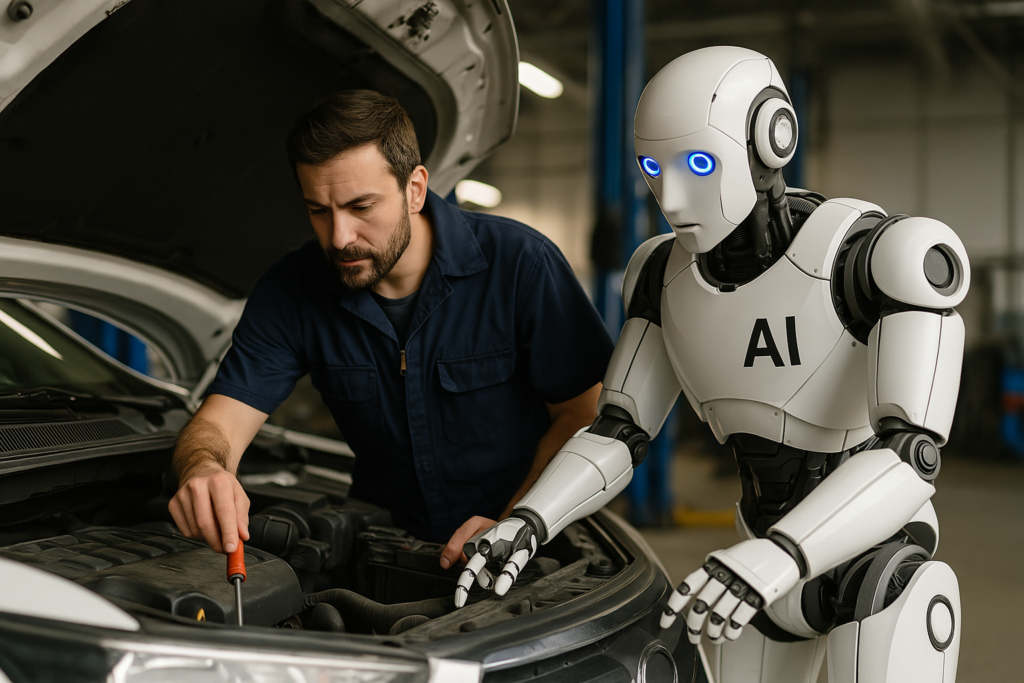
Additionally, AI-powered visual recognition tools play a crucial role in identifying parts and components, ensuring that mechanics select the correct replacements. By analyzing images and videos, these systems can accurately match parts, reducing the likelihood of errors that may arise from manual identification. This capability not only improves the quality of repairs but also enhances the overall workflow in the shop.
Moreover, AI systems serve as valuable training and education resources for mechanics, providing opportunities to learn new techniques and stay updated on the latest advancements in automotive technology. These tools can simulate various scenarios, helping less experienced mechanics gain confidence in their skills. By leveraging AI-driven repair assistants, even novice technicians can perform complex repairs with precision, ultimately contributing to a more skilled workforce in the automotive industry.
Conclusion
AI is undeniably reshaping the landscape of car repair, delivering unprecedented accuracy, efficiency, and convenience. With advancements in areas such as diagnostics, predictive maintenance, and AI-driven repair assistants, the future of automotive repair looks bright and promising. These innovations not only enhance the quality of service but also streamline operations, allowing mechanics to address issues more effectively.

As AI technology continues to evolve, it will be essential for businesses in the automotive repair industry to embrace these changes to remain competitive. Adopting AI-driven solutions can lead to improved customer satisfaction and operational efficiencies, ensuring that businesses are well-equipped to meet the demands of modern vehicle maintenance. In this rapidly changing environment, staying ahead of the curve by integrating AI tools will be crucial for providing top-notch service. By leveraging the benefits of AI, the automotive repair industry can transform its practices, ultimately leading to safer and more reliable vehicles on the road.


